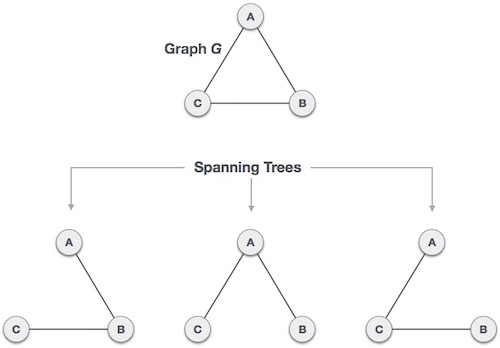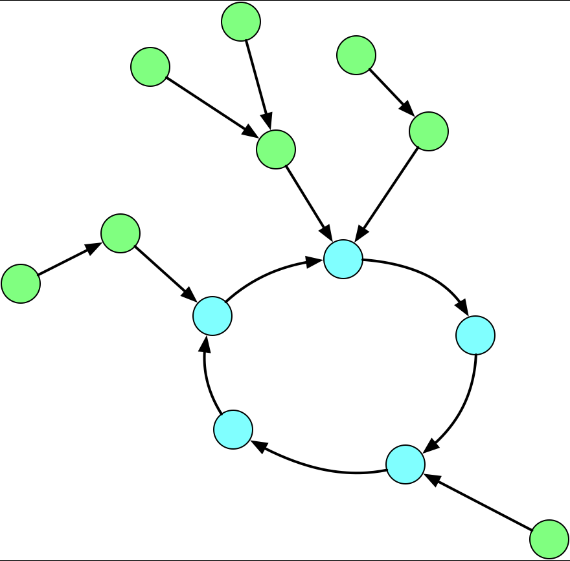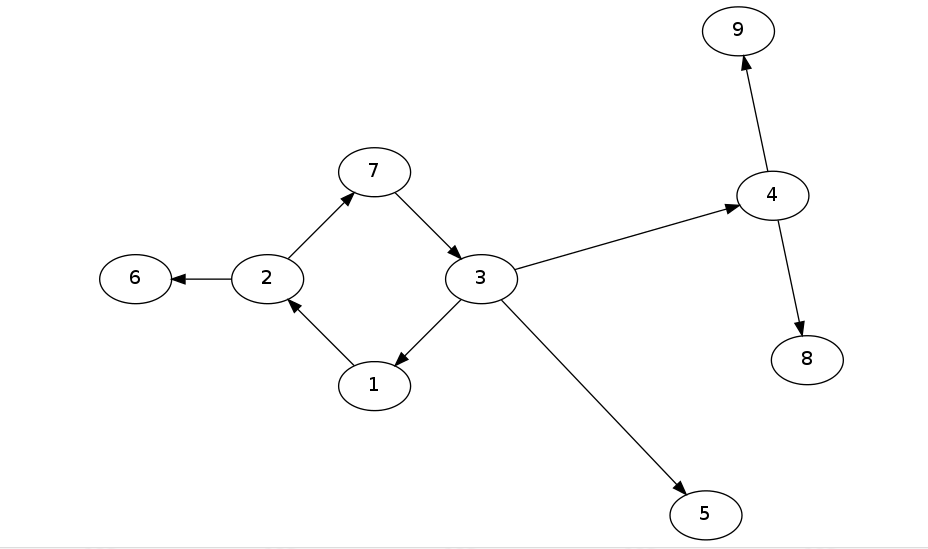What is Spanning Tree?
树上再加一条边使之存在环,就称为基环树
Example:

Why do we need Spanning Tree
- Network design: Spanning trees are used to create efficient and redundant networks, such as in Ethernet networks or telecommunications.
- Routing protocols: Spanning trees are employed in protocols like Spanning Tree Protocol (STP) and Rapid Spanning Tree Protocol (RSTP) for loop prevention and redundancy in network switches.
- Minimum Spanning Tree (MST): Spanning trees can be used to find the minimum-weighted spanning tree in a weighted graph. This is particularly useful in optimizing costs in transportation networks or electrical power distribution grids.
- Broadcast algorithms: Spanning trees are used in broadcasting messages or data packets efficiently within a network, ensuring that each node receives the message exactly once.
Summary
Spanning trees provide a simplified view of the graph, which eliminates unnecessary edges while preserving connectivity. This simplification helps in various graph-related algorithms, network design, and optimization problems.
More about Spanning Tree
Inward Spanning Tree, 内向基环树
一个基环树的拓展概念,没有在英文资料里查到很多相关资料,但是中文资料和chatgpt明白这个词,表达的概念一致

内向基环树类似于基环树的结构,在有向图中,每个点有且只有一条出边,即every node out-degree = 1,这也是内向的定义。(”这个图会给人内向的感觉“)
内向基环树的特点是可以通过BFS去检索所有indegree = 0的点直到环的位置,这样可以去检索基环树里的最长链。
具体的代码可以见:
Leet Code - 2127 Maximum Employees to Be invited to a Meeting
Outward Spanning Tree,外向基环树
in-degree = 1,就会造成外向的感觉,如图:

具体应用有待补充